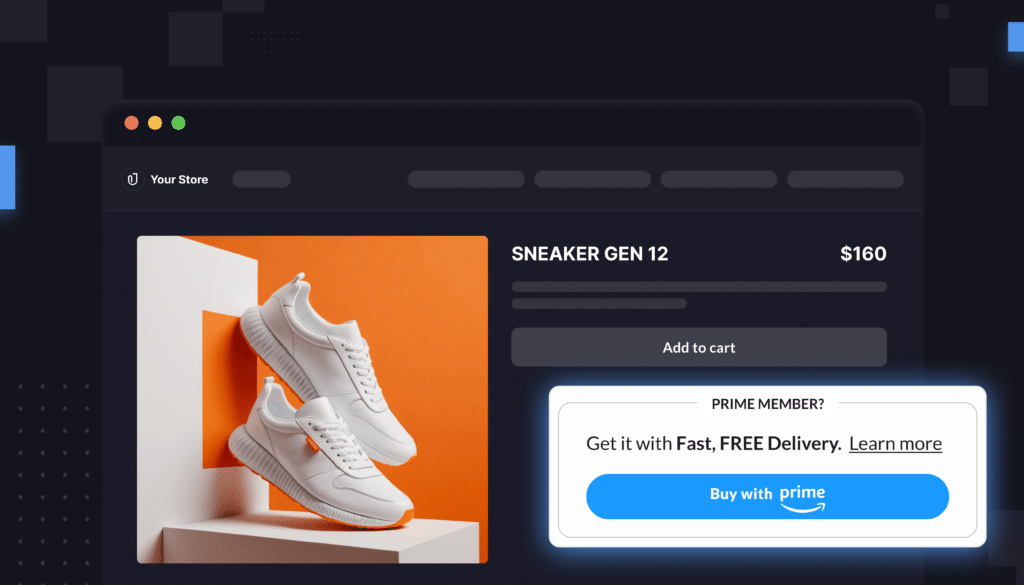Here is a compilation of common mistakes or Amazon Advertising pitfalls that we have observed that derails your campaign strategy and affects your sales growth. Start by fixing these basic but high impact mistakes and get the best out of your campaigns and drive better sales.
Your campaigns do not contain all of the products you sell, and you are unaware of it
We have seen this happen more often than you might think. In the process of trafficking campaigns, it is easy for a few ASINs (Amazon Standard Identification Number) to slip through the cracks. The fix for this is to periodically compare the full list of ASINs from your Vendor Central account that are driving sales, with ASINs in your sponsored campaigns.
Not measuring and setting non-brand ACoS targets
We often find that brand keywords are mixed in with non-brand keywords in any given sponsored campaign. For obvious reasons, brand keywords tend to have much better ACoS compared to non-brand keywords. However, we have observed that brand and non-brand ACoS are not measured separately. Campaigns with attractive ACoS but high on brand term spend and revenue will give you a false sense of comfort. Measuring and optimizing for non-brand ACoS is critical to driving incremental sales growth from AMS. Read our post
Not leveraging Auto campaigns
Auto campaigns are a great source of new keyword ideas and are low on maintenance. However, we often see that many of the brands do not leverage them. If you have never experimented with auto campaigns, we recommend beginning with a single catch-all auto campaign with all ASINs in it. This campaign can be further segmented over-time based on performance
The unnecessary proliferation of keywords
Avoid increasing the number of keywords unnecessarily (Keyword proliferation). For example, adding black shoes and shoes black as broad match keywords in a campaign is redundant. In the way that match types work, adding black shoes would be enough. Along similar lines, adding both singulars and plurals of keywords is not necessary either. So, familiarize yourself with match types and optimize for unique search intents. However, avoid exploding the account with excessive variations of keywords. That would only increase maintenance overhead with no incremental gains.
Not testing high performing Sponsored Product keywords in Sponsored Brand campaigns
Ensure that high performing keywords in sponsored products are tested in sponsored brand campaigns and vice-versa. The more ad real estate you can occupy for keywords that are performing well, the better. Keywords performing well in one ad type may not perform well in the other, but this is where testing matters.
Gaps in ASINs between sponsored product manual and auto campaign
As you tweak campaign structure over time, gaps can inadvertently emerge in the list of ASINs between auto vs. manual campaigns. Addressing these ASIN gaps is key to maximizing ad exposure for your products.
Eliminating the above pitfalls will help you reduce costs and see better returns on your Amazon ad spend.
Read our post “Ensure Your Negative Keywords are Not Blocking Searches” to make sure you’re not blocking out relevant searches.







